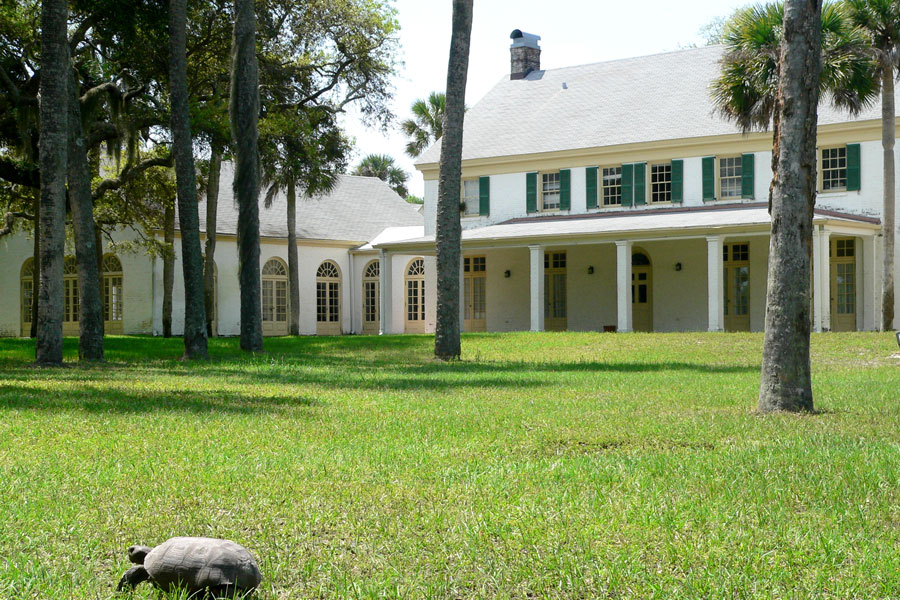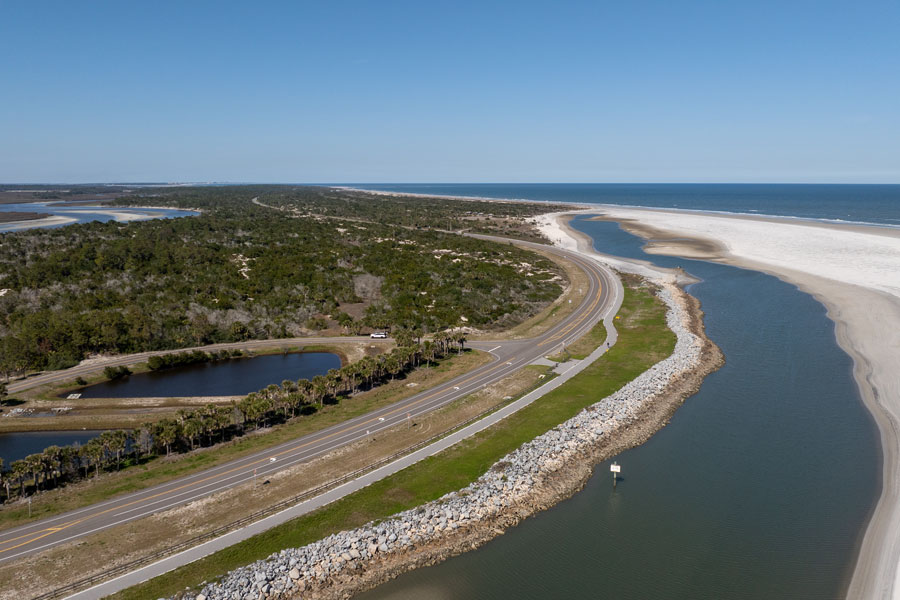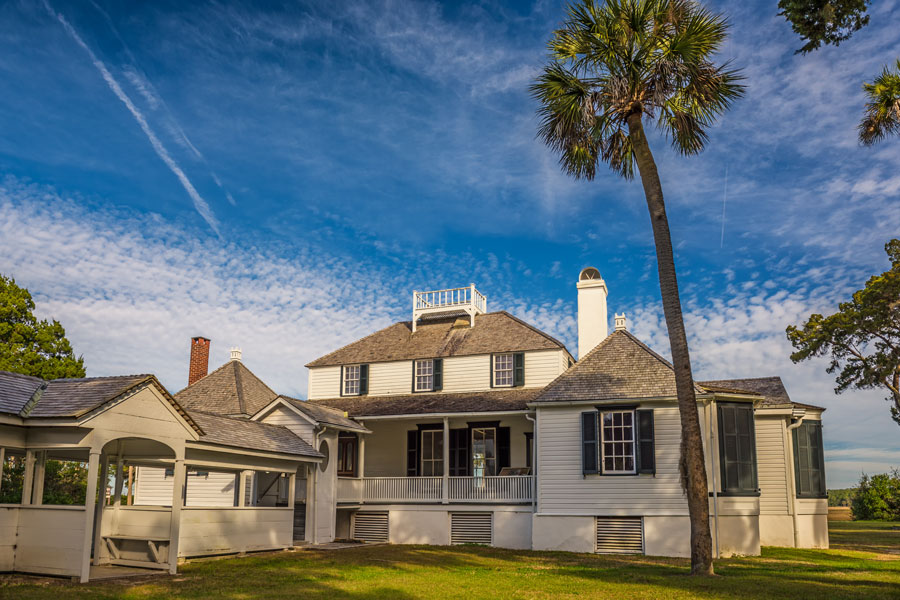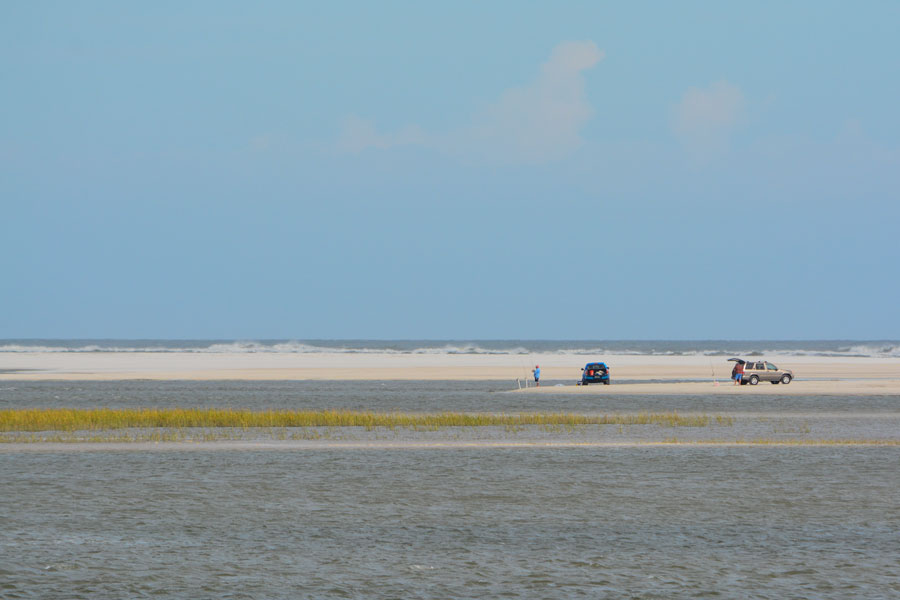Fort George Island, Florida
Fort George Island is a captivating and historically rich community located in Jacksonville, Florida. This unique area, situated in the northeastern part of the city along the Atlantic coast, is both a residential locale and a significant archaeological and historical site.

The Island has a population of approximately 393 residents. This community offers a sparse urban feel where most residents own their homes. It is notable for its rich historical background and natural beauty, providing a quiet and picturesque environment for its inhabitants. Its diverse history and stunning natural landscapes make Fort George Island a noteworthy destination within Jacksonville.
About the Community
The island’s history is deep-rooted, with evidence of human occupation dating back over 5,000 years. Originally inhabited by the Timucua people, the island has seen various occupants through the centuries, including Spanish missionaries, British colonists, and American plantation owners. The island is named after a fort built by the Spanish in the 1730s to defend the southern boundary of their North American territories.

One of the most prominent historical sites on Fort George Island is the Kingsley Plantation, which dates back to the late 18th century. The plantation is part of the Timucuan Ecological and Historic Preserve and offers a glimpse into the early history of slavery and plantation life in Florida. The site includes the plantation house, a kitchen house, a barn, and the remains of 25 tabby slave cabins. It is a poignant reminder of the complex and often dark history of the region, providing educational opportunities and a place for reflection.
Important Links (Suggest / Report)
Vicinity of the Island
The natural environment of Fort George Island is as compelling as its history. The island features a variety of ecosystems, from maritime forests and salt marshes to stunning coastal dunes. These areas are home to a rich array of wildlife and provide numerous recreational opportunities. Activities like hiking, biking, and kayaking are popular, particularly along the trails that offer scenic views of the surrounding waterways and landscapes.

Fort George Island also serves as a hub for cultural and environmental tourism. The island is a part of the larger Jacksonville park system and is managed to preserve both its natural beauty and its historical significance. Visitors and residents alike can explore the Ribault Club, originally a 1920s resort, now serving as a visitor center and a venue for community events and private functions.

In essence, Fort George Island is a community that beautifully merges its historical depth with natural beauty. It stands today not only as a residential area but as a testament to the rich cultural tapestry of Florida. Its preservation as part of the national park system ensures that it will continue to be a place of learning and leisure for future generations.


